Sourcing from commercial grape growers and vineyards can be a valuable tool for wineries, even if they have robust vineyards on their estate.
Vintner Magazine reached out to its panel of experts to pick their brains about how they find growers, what sourcing does for their brand, and how they maintain relationships with trusted growers from year to year.
Finding the Right Growers
Head Winemaker David Smith at Gervasi Vineyard in Canton, Ohio said that when they source grapes from other regions, they start with regions that are well known for the varietal they’re looking to buy.
From there, it takes some legwork. They talk to high-quality wineries local to those regions and find out which growers they purchase grapes from.
The just-ask philosophy serves Gervasi well, Smith said.
“Most of the time they will point us in the right direction,” Smith said. “One of the great things about the wine industry is the camaraderie amongst winemakers and grape growers. If you ask a winemaker where to buy grapes locally, they usually are friends with some of the growers and will be happy to send more customers to people they know.
“Once we find a grower that has grapes available we will ask for wine samples made from their grapes so that we can evaluate the quality of the wine and grapes and go from there.”
Gene Estes, founder of Lost Oak Winery in Burleson, Texas, said he also uses the just-ask method but looks for one additional piece of information.
“You also find which growers supplied grapes to those wineries which win gold medals for the wines made from those grapes,” Estes said.
Winemaker Sam Baron at Kivelstadt Cellars & Weingarten in Sonoma, California said for him, it comes down to static variables in the vineyards, farming philosophy, and cost when considering growers from which to source grapes.
“Finding growers and vineyards is all about word of mouth and networking,” Baron said. “The catalysts for interest are always the static variables in the vineyard, like varietals planted, soil type, location, vine age, etcetera.”
Baron stressed the importance of speaking up with growers.
“It’s important to respect a grower’s relationship with their land,” Baron said. “That being said, it is also important to advocate for yourself and farming techniques that will maximize the quality of the fruit. Purchasers can learn a lot by reviewing spray programs over previous years.”
Brokers and Ag Departments
Being in Kentucky with a limited selection of grapes that grow well within the state’s borders, Chenault Vineyards sources from growers in California and Chile, and Winemaker Alex Southwell said working with grape brokers had made that task easier for the Richmond-based winery.
“Grape brokers are a great way to purchase outside grapes as they will only buy good fruit and facilitate all of the logistics for you,” Southwell said. “Keeping a good relationship with them is important based on purchasing from them year after year.”
He said state agricultural departments were also a good resource for determining your grower options.
“For local growers, Kentucky’s agricultural department is actually extremely helpful,” Southwell said. “They have a list of all the growers in the area and send it out every year. I always ask what the Brix and pH were of the harvest last year and judge it on that. I have noticed a lot of growers will harvest early to make sure they get the largest volume of grapes possible, so knowing this is very important.
“I look for a grower that’s willing to work with me on the timing of the harvest based on these numbers.”
Why Source?
Smith said sourcing allowed Gervasi to offer a wider range to guests at its 55-acre spread, which includes a hotel and restaurants.
“We can also showcase winegrowing regions of the country that many people in our area may not be familiar with,” Smith said. “Having growers outside our region also affords us flexibility in years that have bad weather events.
“If our area has a severe winter or late frost we can look for grapes from regions that had milder weather. All these factors help us deliver a fun and diverse experience for our guests year after year.”
Erik Miller, founder of Kokomo Winery in Healdsburg, California said sourcing allowed him to make wines with grapes from historical vineyard sites and create a narrative around those.
“It’s flattering being able to tell the story of historical vineyards,” Miller said. “We currently source 130-year-old Zinfandel vines from atop Moon Mountain from the famous Monte Rosso Vineyard, and we are honored to be a part of their history.”
Baron said Kivelstadt Cellars & Weingarten’s longstanding partnerships with Eco Terrano in Cloverdale, California, and Venturi Vineyard in Calpella, California as well as others allow it to expand its offerings with varietals like Sauvignon Blanc and Chenin Blanc and nontraditional products like orange wine, which is popular in Spain.
“My relationship with craft is about experimentation to further learning and skill,” Baron said. “The new world is unique in its openness to a multitude of wines from a single producer in any region. There are no restrictions on style or varietal like you often see in the old world.
“This means that I can strive to increase skill and understanding of terroir by working with a multitude of fruit sources. I am interested in vineyard variances so focus on single-vineyard wines which often pay homage to a region in the old world. This way there are benchmarks to assess wines next to. The consumer can experience this journey and learn with me, which I believe enhances our brand.”
Shelby Hearn Ulrich, general manager at Suhru Wines in Long Island, New York, said 100% of the fruit used in its wine is sourced, but it helps them continually have their eye on new varieties and experiment with them.
“Our Teroldego is a great example,” she said. “In 2019 a vineyard with Teroldego planted became available, so we began working with them, adding Teroldego to our portfolio and releasing what has become one of our most sought-after wines.”
Maintaining Relationships
In Canton, Ohio, Smith said maintaining a dialogue with grape growers throughout the year was essential to Gervasi’s success.
“Grape growers love to hear from winemakers about how we liked the fruit and how well the wine turned out that year,” he said. “It’s important to remember that the growers have been working hard to produce top-quality grapes for months. When the fruit is finally harvested it gets whisked away to wineries.
“If you don’t follow up with your grower afterward to let them know how things turned out then they’ll never know how much you appreciated the work they did to bring you such great fruit. It also never hurts to send your growers a bottle or two of wine every now and then.”
Having well-respected partnerships can also be a feather in your cap when forming relationships with growers, said Miller, who noted that fourth-generation Dry Creek Valley grower Randy Peters had been helpful to Kokomo Winery in that respect.
Beyond that, it’s simple — make sure you pay, he said.
“Although 80% of our fruit is owned or farmed by us, we are always looking for interesting varietals or really distinct old vineyards with which to work,” Miller said. “The best way to sustain fruitful relationships is by paying on time, and frequent and clear communication as to what we are looking for or trying to achieve.”

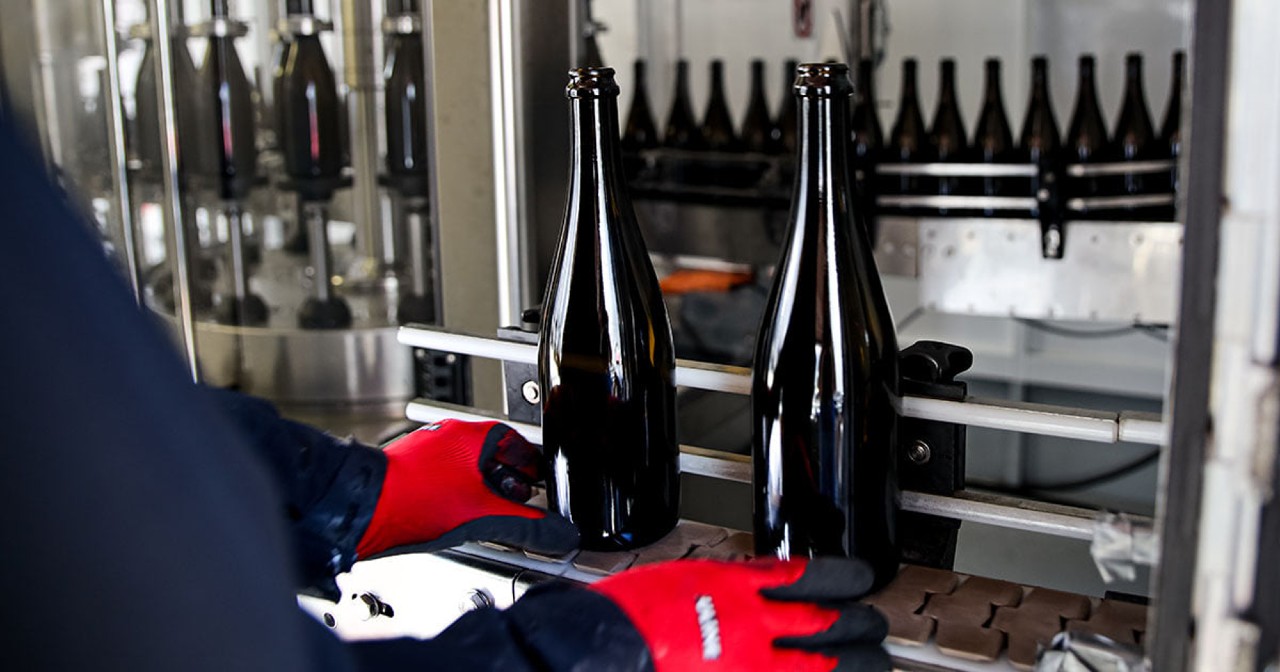
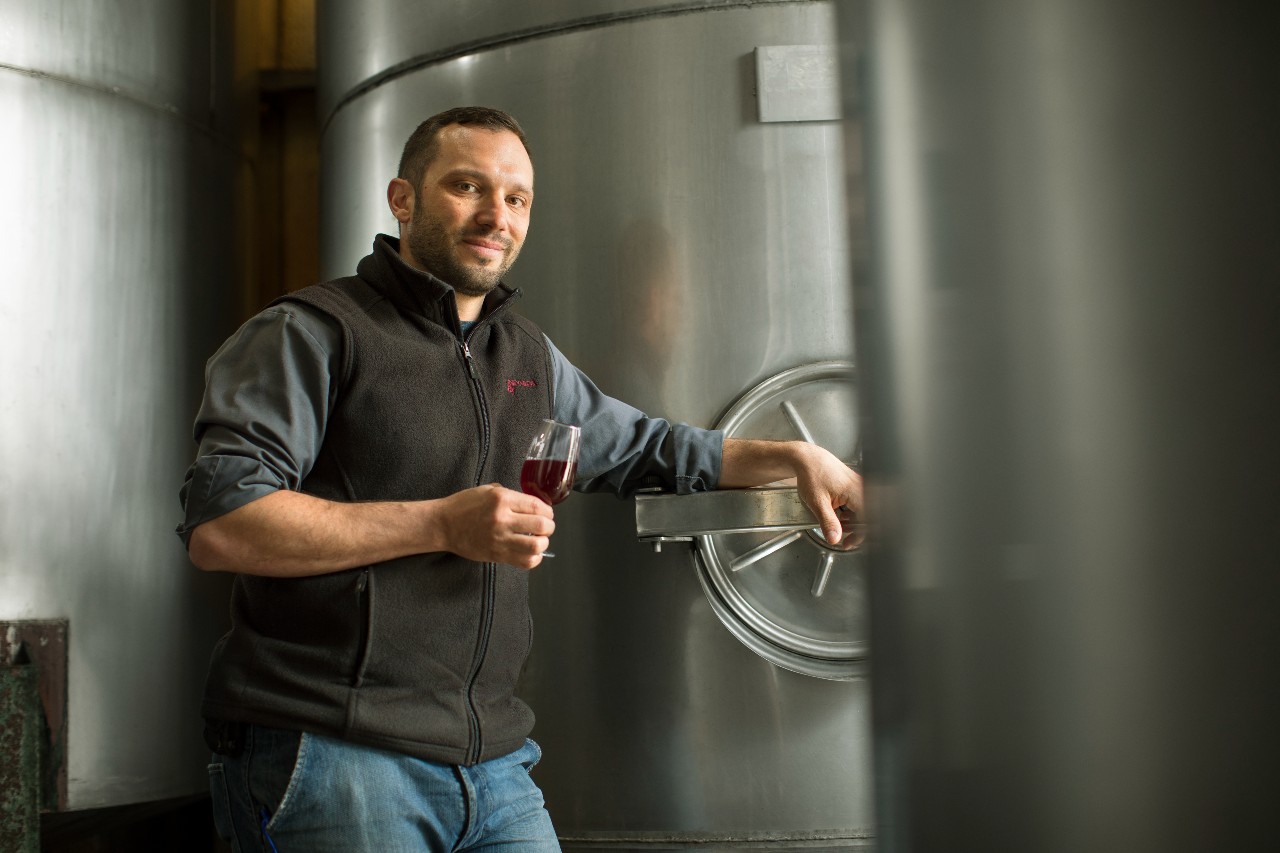
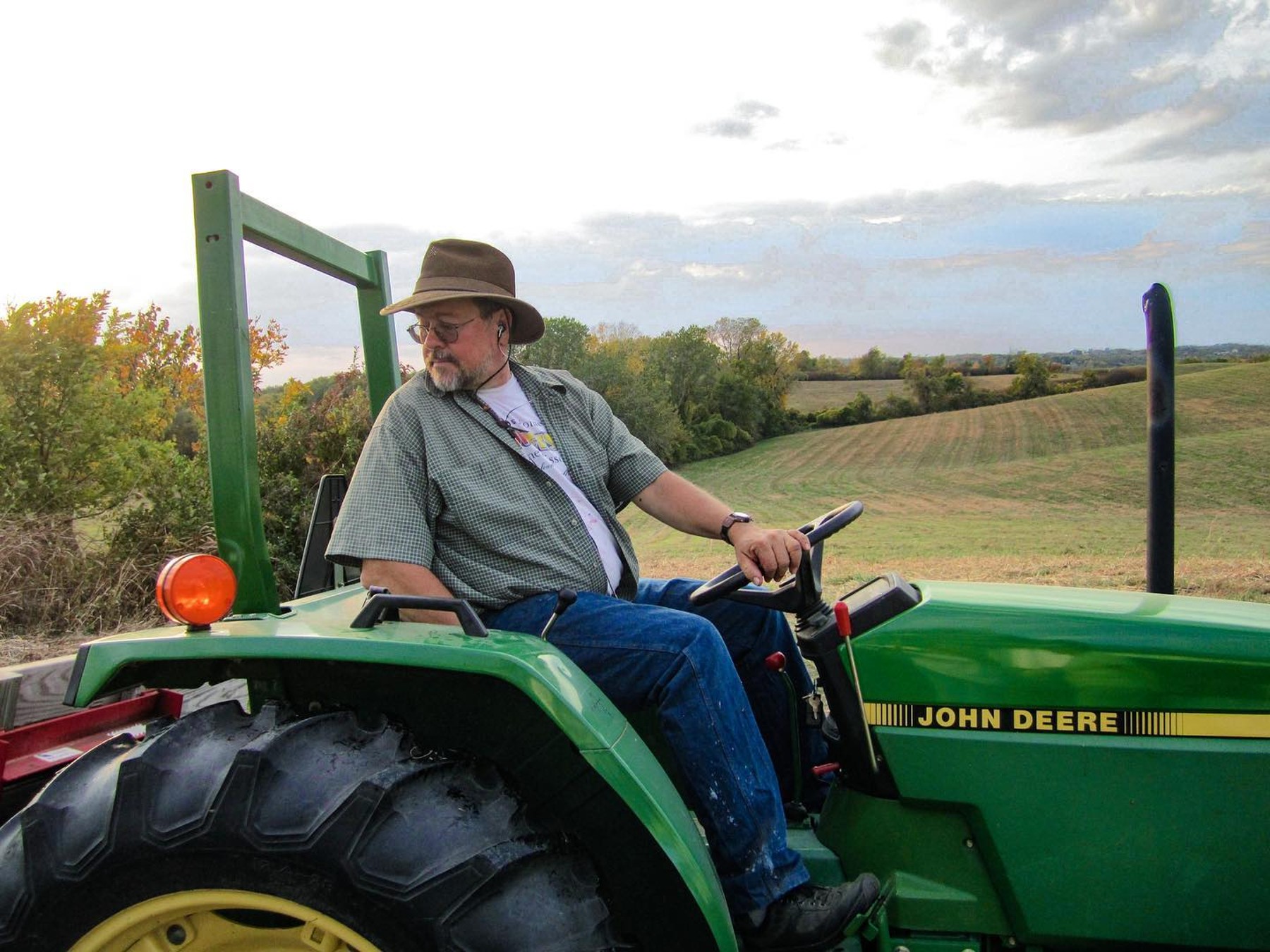
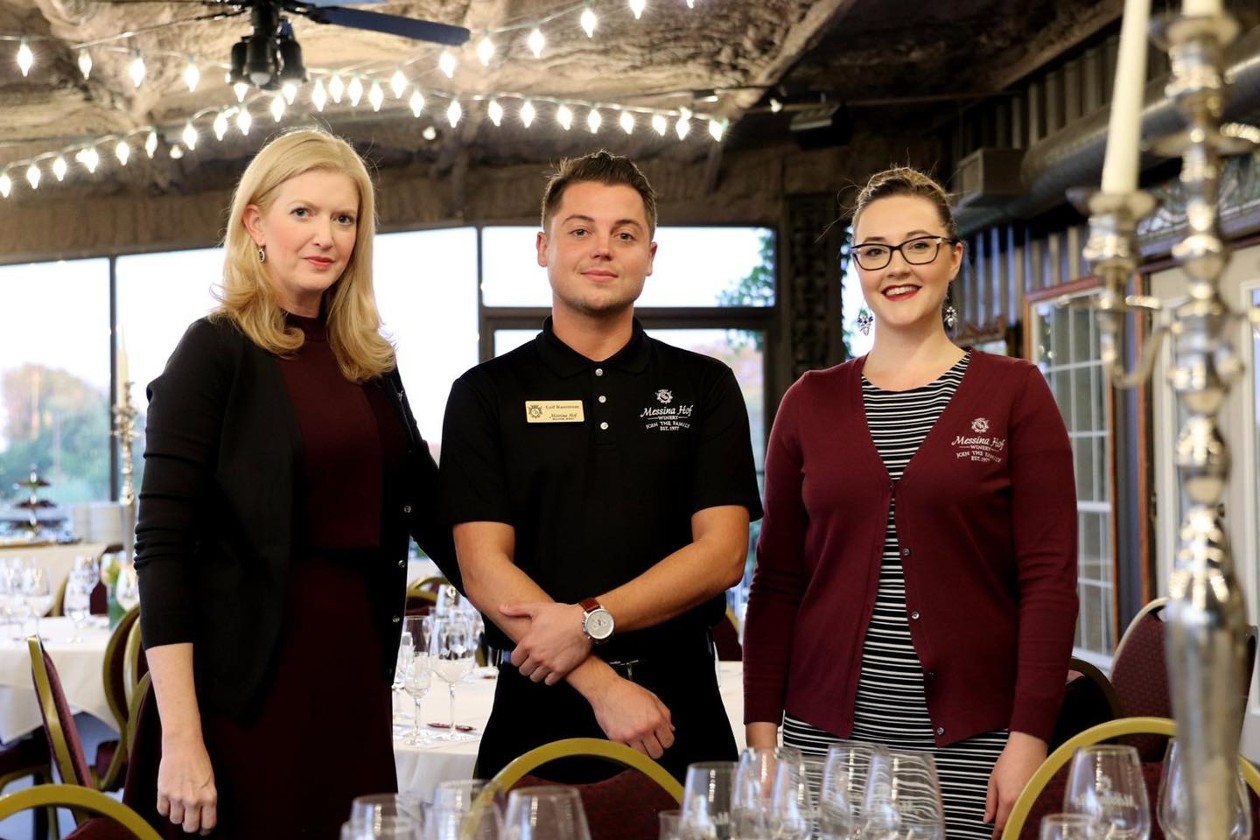
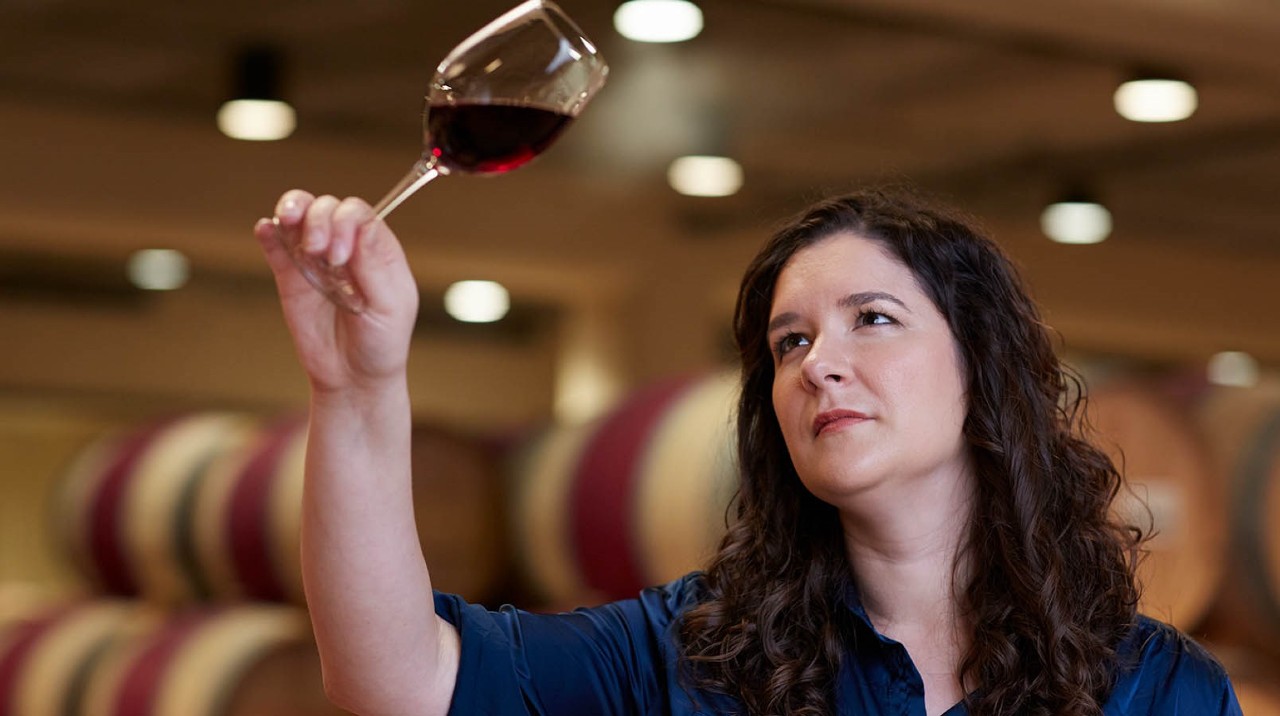

Be the first to comment